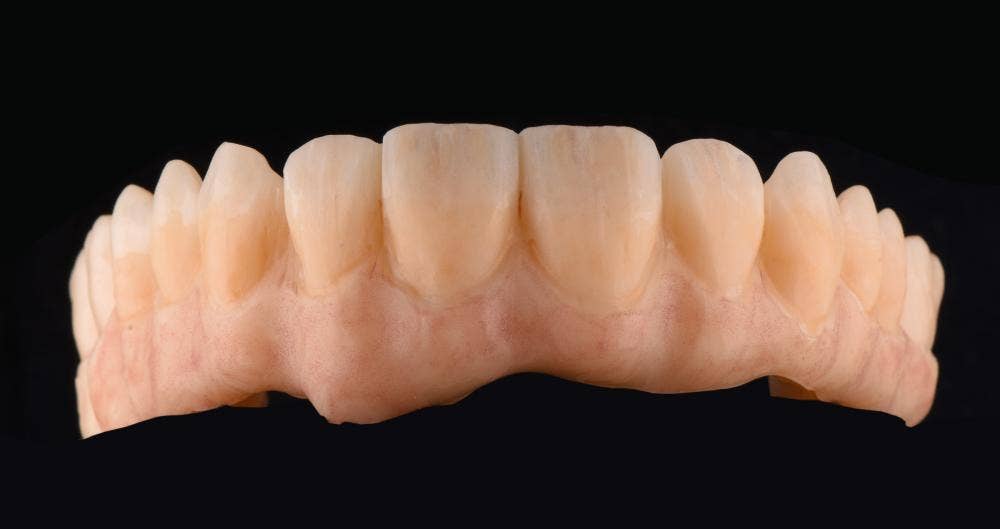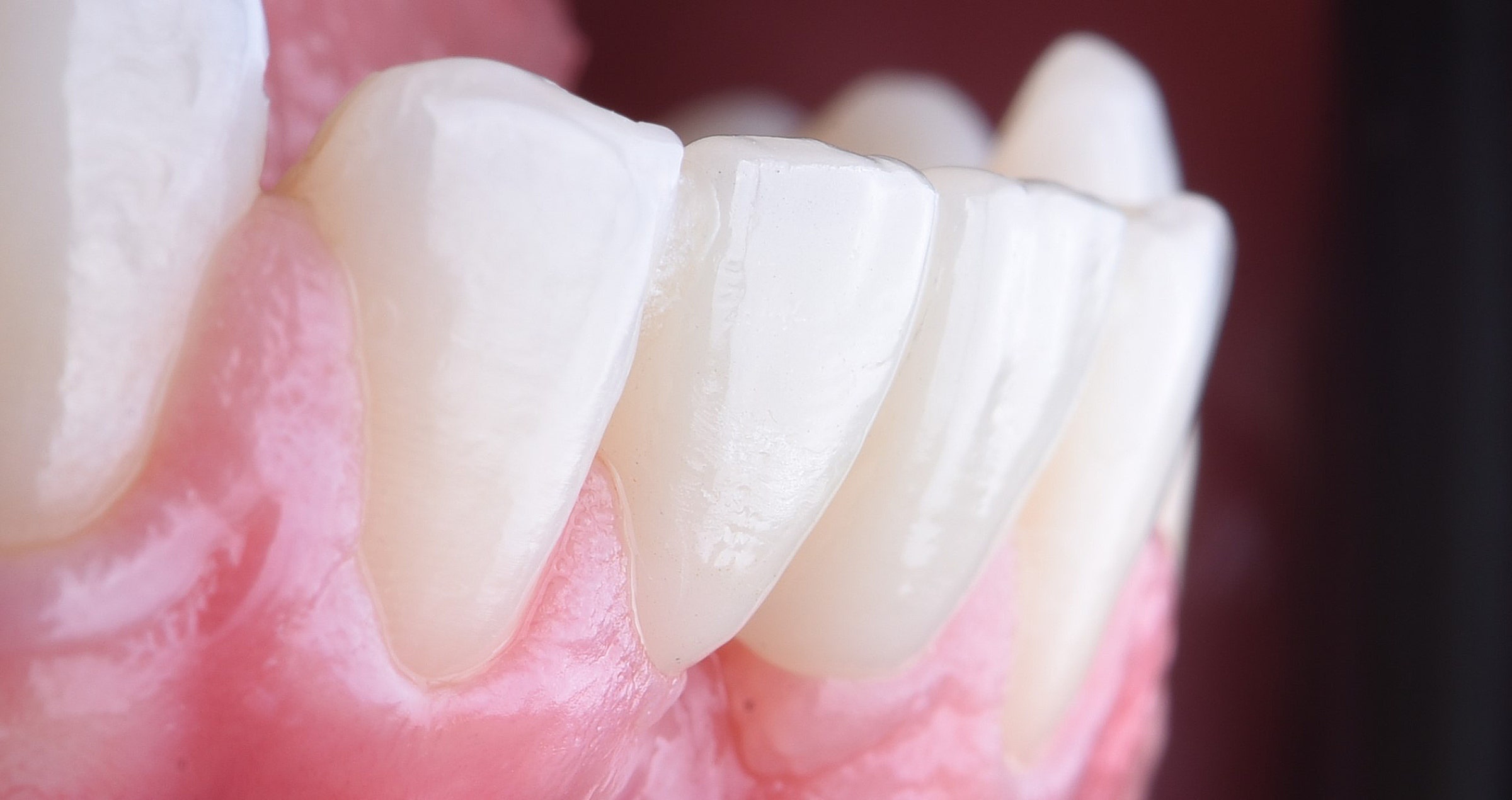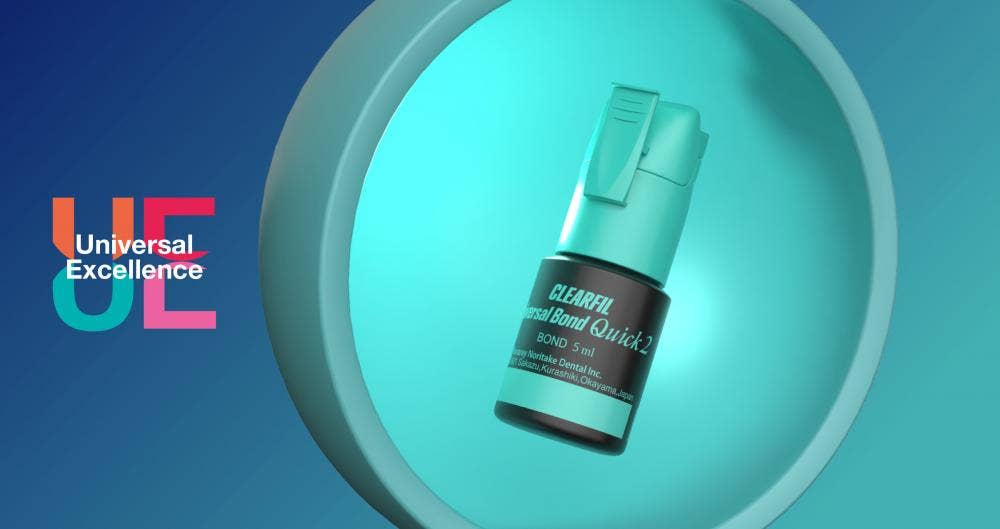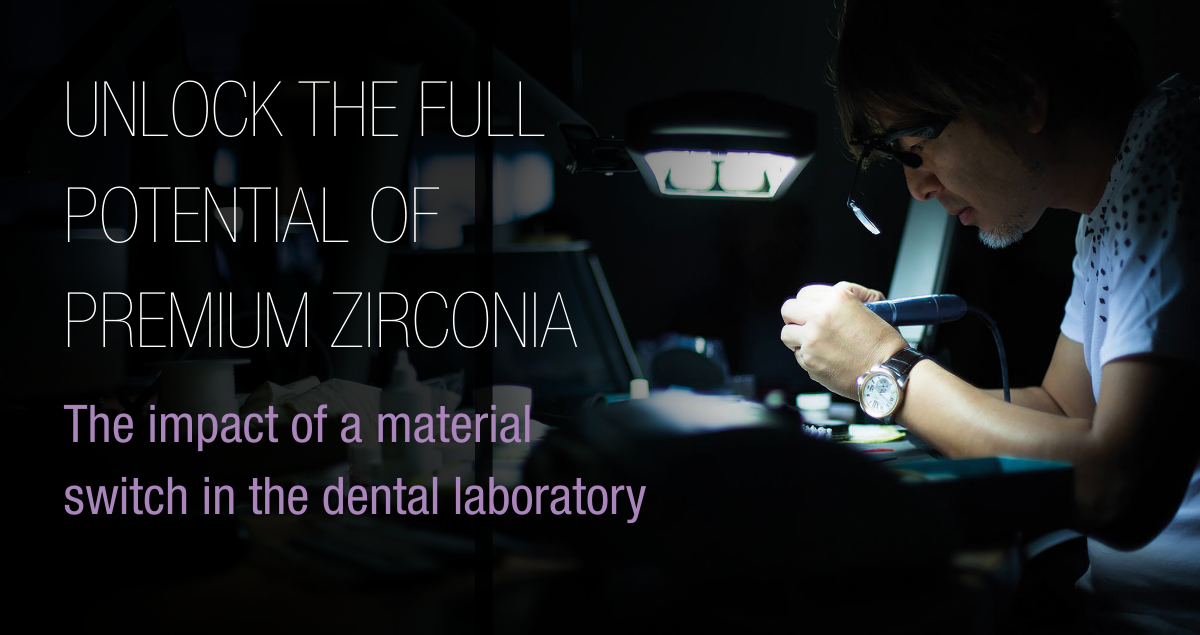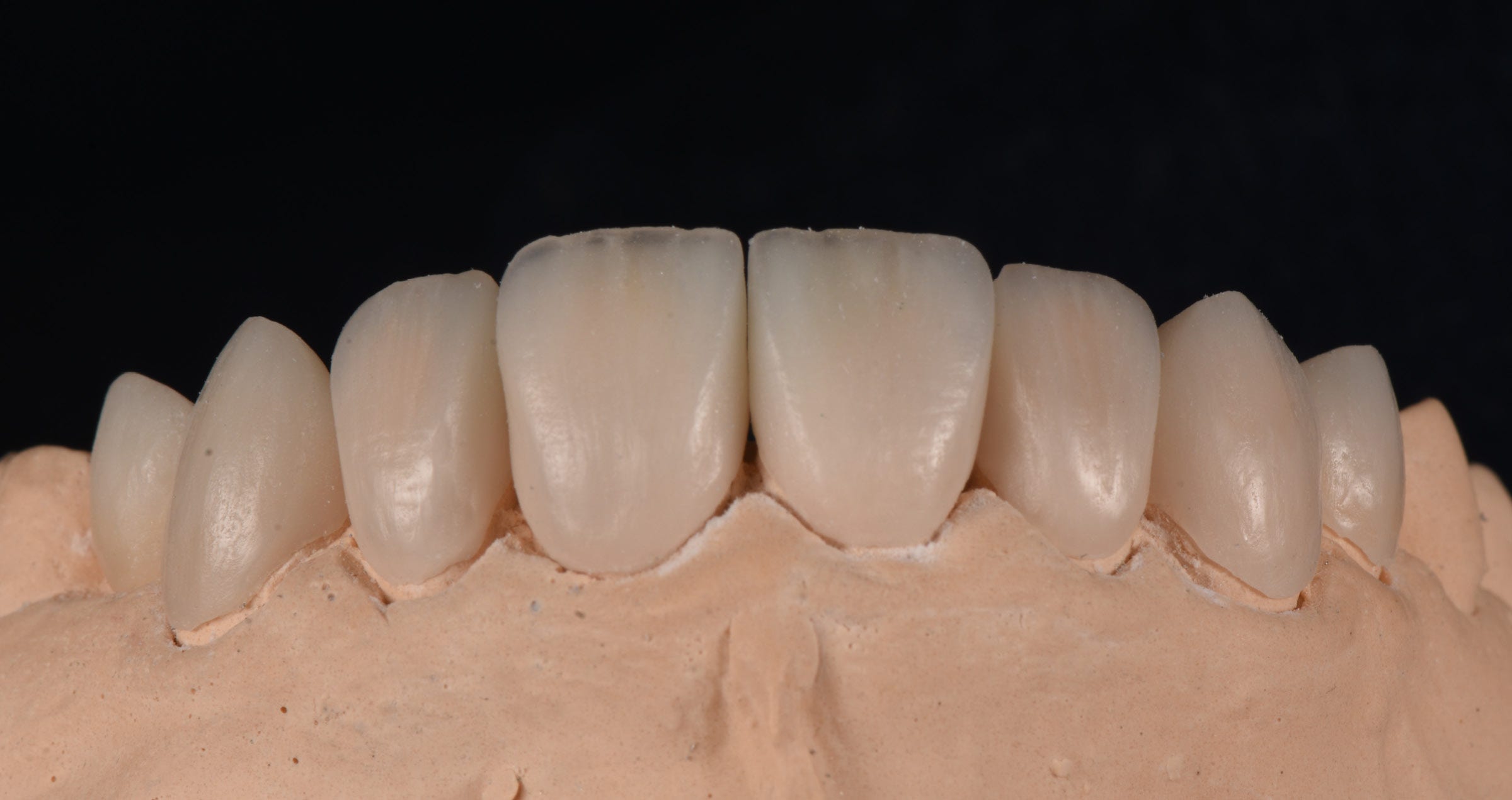
Choice of lesion shape in clinical research of bonding systems
During my presentations I am often asked why clinical research into bonding systems is conducted using class V situations.
The non-carious class V lesion is most suitable for this type of research for a number of reasons. Unquestionably, the main reason is the fact that such lesions present little or no macro retention. It must be remembered that if a cavity presents macro retention, loss of adhesive strength in the bonding interface will not automatically lead to loss of retention.
Other major reasons (in no particular order) are that such lesions occur relatively often, but also that in general they are situated in an easily accessible area and do not demand complex restoration technology. The configuration factor is low (ratio between free and bonded areas) and does not therefore cause much shrinkage stress. In addition, both enamel and dentine are involved in the restoration, although in some studies efforts are made to limit bonding to enamel (for example, in Van Dijken et al., Clinical long-term retention of etch-and-rinse and self-etch adhesive systems in non-carious cervical lesions. A 13 year evaluation. Dent Mat 2007).
The restoration is then re-assessed periodically. Obviously, loss of retention is considered, and sometimes restorations are also assessed on marginal integrity, marginal discolouring and aesthetics.
Whenever a restoration goes wrong, this is noted as a failure. The survival/lifetime of restorations is expressed in an Annual Failure Rate; for example, an AFR of 4.6 means that, on an annual basis, 4.6% of the restorations failed in the course of the study.
- 2016. gada 19. sept.


